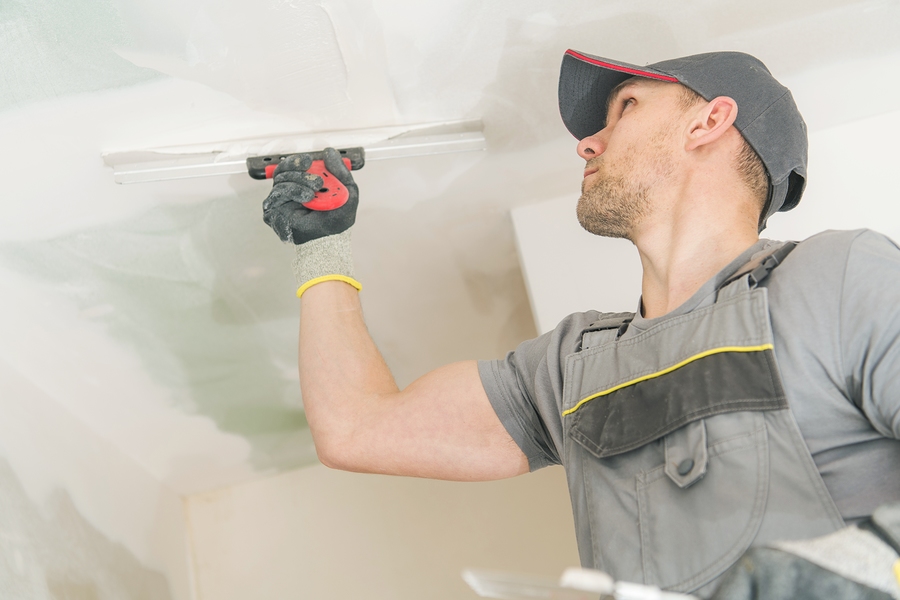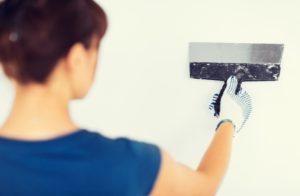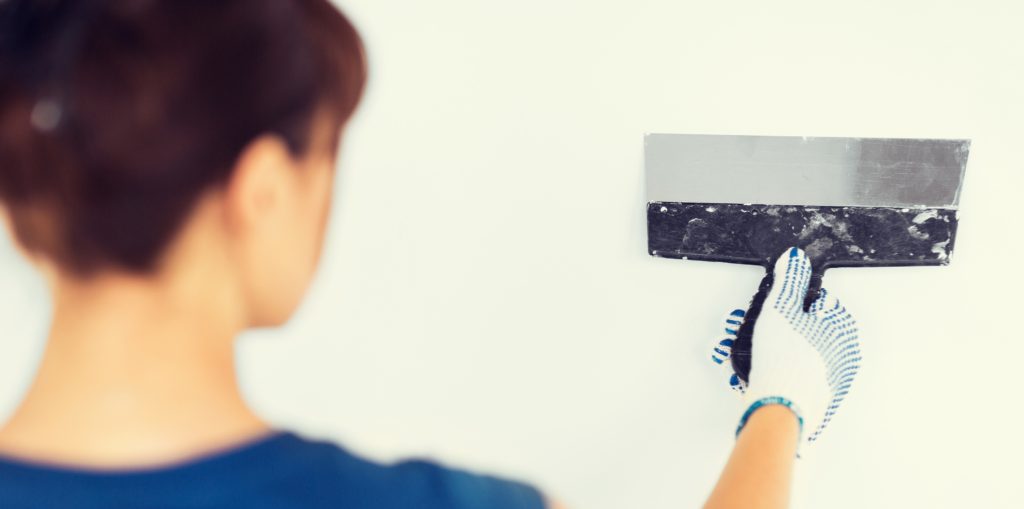Selecting the right wall texture can transform your home’s entire aesthetic. Whether you’re planning a renovation, building new construction, or simply refreshing your interior design, understanding different drywall textures is essential for creating the perfect atmosphere in each room.
Drywall textures serve multiple purposes beyond visual appeal. They can hide minor imperfections in your walls, add depth and character to flat surfaces, and even influence how light moves through your space. The texture you choose affects everything from maintenance requirements to resale value, making this decision more important than many homeowners realize.
Each texture option comes with its own set of benefits, challenges, and ideal applications. Some work beautifully in high-traffic areas where durability matters most, while others shine in formal spaces where elegance takes priority. Understanding these differences helps you make informed decisions that align with your lifestyle, budget, and design goals.

Common Types of Drywall Textures
Smooth Wall
Smooth wall textures represent the pinnacle of modern minimalism. This finish creates completely flat surfaces without any texture patterns, offering a clean, sophisticated look that works exceptionally well in contemporary homes. Modern living rooms with smooth wall textures showcase this minimalist aesthetic perfectly, creating serene spaces that let furniture and artwork take center stage.
However, smooth walls demand perfection during installation. Every imperfection becomes visible under the right lighting conditions, which is why this drywall finishing technique requires high skill levels. The cost ranges from $0.80 to $1.20 per square foot, but the investment pays off through timeless appeal and easy maintenance.
For maintenance, smooth walls are remarkably simple to care for. A damp cloth removes most marks and scuffs, while touch-up paint easily covers any damage. This makes smooth textures ideal for families who want beautiful walls without complicated cleaning routines.
The DIY difficulty for smooth walls is considerable. The unforgiving nature of this finish means imperfections stand out dramatically, making professional installation the wisest choice for most homeowners.
Orange Peel
Orange peel texture gets its name from its subtle, dimpled appearance that resembles citrus fruit skin. This popular choice offers the perfect balance between visual interest and practicality, making it excellent for various room types. Bathrooms and kitchens frequently use orange peel textures because they provide moisture resistance while adding subtle visual appeal.
The application process involves spraying a diluted drywall compound onto the wall, creating small, randomly distributed bumps. This technique costs between $1.00 and $1.50 per square foot and works well throughout most homes.
Orange peel textures are more forgiving than smooth walls when it comes to hiding minor imperfections. Regular maintenance involves occasional dusting with a soft brush to avoid damaging the delicate texture pattern. The gentle cleaning approach preserves the finish while keeping walls looking fresh.
This texture ranks as one of the most DIY-friendly options. With proper preparation and technique, beginners can achieve professional-looking results, making it an attractive choice for hands-on homeowners.
Knockdown
Knockdown texture creates a sophisticated, slightly rustic appearance through a two-step process. First, texture compound is applied to create peaks, then a knockdown knife flattens these peaks partially, leaving an irregular, flattened pattern. This drywall work technique produces walls with excellent character and depth.
Family rooms and basements benefit tremendously from knockdown textures because they’re incredibly durable and excel at hiding imperfections. The varied surface catches light differently throughout the day, creating dynamic visual interest that changes with natural lighting conditions.
Costs for knockdown texture range from $1.20 to $2.00 per square foot, reflecting the additional labor involved in the two-step application process. Despite the higher initial investment, the long-term durability often justifies the expense.
Maintenance requirements are minimal. The texture’s natural ability to camouflage minor dings and scratches means less frequent touch-ups. Regular dusting and gentle cleaning keep these walls looking excellent for years.
The DIY difficulty level is moderate. Success requires mastering the specific knockdown knife technique, making this better suited for those with some drywalling experience rather than complete beginners.
Popcorn
Popcorn texture, also called acoustic texture, was extremely popular in past decades but has fallen out of favor in modern design. This heavily textured finish creates a bumpy, irregular surface that effectively hides ceiling imperfections and provides some sound dampening properties.
Many older homes still feature popcorn textures on ceilings, though most renovation projects now involve removal rather than installation. When homeowners see before and after renovation examples, they typically prefer smoother, more contemporary alternatives.
The cost ranges from $0.75 to $1.50 per square foot, making it one of the most affordable options. However, the low price doesn’t offset the maintenance challenges and dated appearance.
Popcorn texture presents significant maintenance difficulties. The bumpy surface traps dust and debris while being prone to damage from even light contact. Professional cleaning is often necessary, and repairs typically require matching the texture pattern exactly.
While popcorn application is technically simple, most homeowners today choose removal over installation, making DIY skills more relevant for texture elimination than creation.
Slap Brush
Slap brush texture creates unique, artistic patterns through a distinctive application technique. A brush loaded with texture compound is literally slapped against the wall, creating varied patterns that range from subtle to dramatic depending on the application method.
Hallways and entryways showcase slap brush textures beautifully, adding artistic flair and visual interest to transitional spaces. This technique allows for creative expression while maintaining the practical benefits of textured walls.
Costs range from $1.50 to $2.50 per square foot, reflecting both the labor-intensive application process and the skill required for consistent results. The higher price point positions this as a premium finishing option.
The finished drywall requires minimal maintenance beyond regular dusting with a soft brush and gentle wiping when necessary. The durability of properly applied slap brush texture makes it suitable for high-traffic areas.
DIY difficulty is moderate, requiring practice to master the slap brush technique for consistent patterns. Success depends on developing rhythm and pressure control, skills that improve with experience.
View Our Professional Drywall Services!
How to Choose the Right Texture for Your Home
Room function plays the primary role in texture selection. High-traffic areas benefit from more forgiving textures like knockdown or orange peel, while formal spaces might call for the elegance of smooth walls. Consider how each space is used and who uses it most frequently.
Lighting conditions significantly impact texture appearance. Rooms with abundant natural light can handle more dramatic textures, while dimly lit spaces often look better with subtler finishes. Test samples under your actual lighting conditions before making final decisions.
Your home’s architectural style should influence texture choices. Contemporary homes typically favor smooth or subtle orange peel finishes, while traditional or rustic styles can accommodate more pronounced textures like knockdown or slap brush.
Maintenance preferences matter tremendously. Busy families might prefer textures that hide everyday wear, while empty nesters might prioritize easy cleaning over damage concealment.
DIY vs Professional Application
A professional drywall company bring expertise that ensures consistent, high-quality results across your entire project. They possess specialized tools, understand proper mixing ratios, and can troubleshoot problems that arise during application. The investment in professional drywall installation often pays dividends through superior finished appearance and long-term durability.
DIY applications can work well for simpler textures like orange peel, especially in less critical areas where slight imperfections won’t be noticeable. However, techniques requiring specialized skills or tools generally produce better results when handled by experienced professionals.
Consider your timeline, skill level, and quality expectations when deciding between DIY and professional application. Sometimes a hybrid approach works best, with homeowners handling preparation work while leaving the actual texturing to professionals.
Conclusion
The right drywall texture transforms ordinary walls into design elements that enhance your home’s beauty and functionality. Each option offers distinct advantages, from the timeless elegance of smooth walls to the practical durability of knockdown finishes. Understanding these differences empowers you to make choices that align with your lifestyle, aesthetic preferences, and budget considerations.
Whether you’re planning a complete renovation or updating a single room, texture selection deserves careful consideration. The investment in quality drywall work pays dividends through improved appearance, easier maintenance, and enhanced home value.
Ready to explore how professional drywall textures can transform your Indianapolis home or business? Contact Drywall By Renso for expert drywall installation and finishing services that bring your vision to life with precision and craftsmanship.
Schedule a Free In-Person Estimate
Related Post: The Difference Between Manual and Spray Drywall Textures



